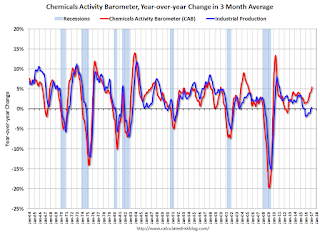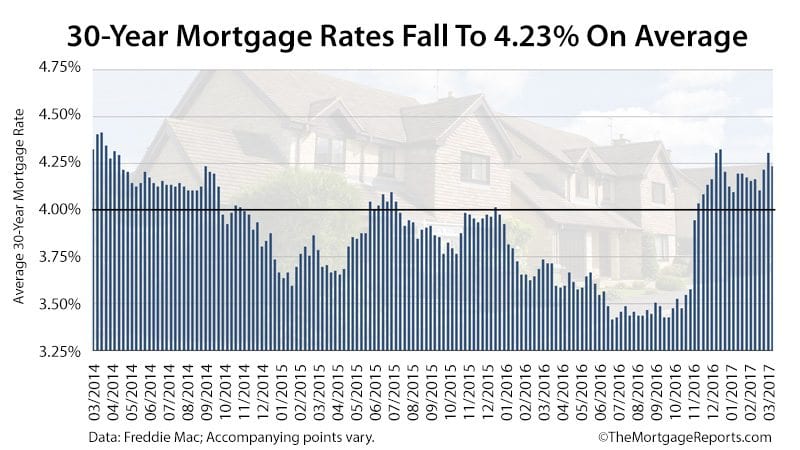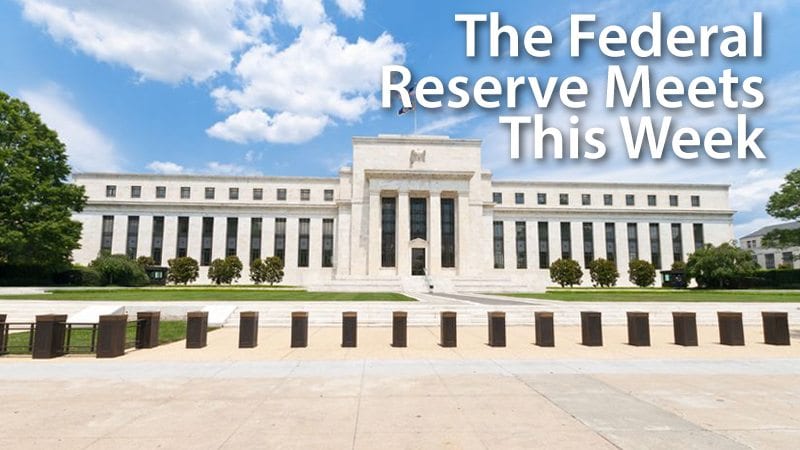
What’s Driving Mortgage Rates Today?
Mortgage rates today got a major boost (not in a good way) from unexpectedly high Consumer Confidence numbers from the Conference Board. The highest since December 2000, in fact.
Instead of the widely-expected reading of 113.5, we got 125.6! Investors’ minds blown.
Why should this matter? Because consumer spending drives over two-thirds of the US economy. When Americans feel good about their finances and employment, we love to spend money! And demand for stuff to buy creates jobs, increases wages, and, yes, fuels inflation.
Just the sort of thing to push bond prices down and interest rates up.
Today’s Mortgage Rates
** FHA APRs include government-mandated mortgage insurance premiums (MIP).
These rates are averages, and your rate could be lower.
Housing Prices Up
Also released today was the S&P CoreLogic Case-Shiller U.S. National Home Price NSA Index, and it contained good news for homeowners. The reports includes all nine U.S. census divisions.
It came up with a 5.9 percent annual increase in January prices, up from 5.7 percent last month. More impressively, this represents a 31-month high!
If you’re still on the fence about buying, however, this might be your wakeup call.
This would be considered good news for the overall economy, which would make it less-good for those who have not yet locked in their mortgage rates yet.
Click to see today’s rates (Mar 28th, 2017)
This Morning
So far, however, other economic barometers are flat and mixed, probably overshadowed by continued White house drama and speculation. CNNMoney’s Fear & Greed Index, while floating in the “Fear” rage at 37, has improved from yesterday’s “Extreme Fear” position. This means investors are a little less spooked and more likely to pull out of bonds and back into stocks. Too bad for mortgage rates.
All three major stock indexes are up a little, and so is oil. Ten-year Treasury yields are also up slightly to 2.37 percent, but still below the 240 fence.
All in all, not bad for anyone floating, but not much upside either.
Tomorrow
Wednesday brings just one piece of data, and not a super-important one at that. Pending home sales as reported by the National Associated of Realtors are expected to drop 2.8 percent due to lack of supply in many markets. This can be seen as slightly inflationary in a way because inventory is not likely to come up unless prices do.
- Thursday: Weekly jobless claims, predicted to be 243,000
- Friday: (highly important) February’s Personal income (expected to increase .4 percent), personal spending (expected to rise by .2 percent), and the core inflation rate (expected to be .2 percent).
- Friday: The Consumer Sentiment Index is predicted to rise to 97.6 from 96.3 for March.
When the actual figures vary significantly from those expected by analysts, there is potential for movement in interest rates.
In general, anything pointing to an improving economy or increased inflation leads to rate increases, while reports that indicate financial faltering push rates down.
Request a personalized quote from a licensed, reputable lender here.
Rate Lock Recommendation
This is a good time to take advantage of the drop in pricing. I recommend locking for anyone closing in the next 30 days, and even longer if your lender will do it for no extra charge.
Note that this is what I would do if I had a mortgage in process today. Your own goals and tolerance for risk may differ.
>>Ready to lock? Click here.<<
What Causes Rates To Rise And Fall?
Mortgage interest rates depend on a great deal on the expectations of investors. Good economic news tends to be bad for interest rates, because an active economy raises concerns about inflation. Inflation causes fixed-income investments like bonds to lose value, and that causes their yields (another way of saying interest rates) to increase.
For example, suppose that two years ago, you bought a $1,000 bond paying five percent interest ($50) each year. (This is called its “coupon rate.”) That’s a pretty good rate today, so lots of investors want to buy it from you. You sell your $1,000 bond for $1,200.
When Rates Fall
The buyer gets the same $50 a year in interest that you were getting. However, because he paid more for the bond, his interest rate is not five percent.
- Your interest rate: $50 annual interest / $1,000 = 5.0%
- Your buyer’s interest rate: $50 annual interest / $1,200 = 4.2%
Your buyer gets an interest rate, or yield, of only 4.2 percent. And that’s why, when demand for bonds increases and bond prices go up, interest rates go down.
When Rates Rise
However, when the economy heats up, the potential for inflation makes bonds less appealing. With fewer people wanting to buy bonds, their prices decrease, and then interest rates go up.
Imagine that you have your $1,000 bond, but you can’t sell it for $1,000, because unemployment has dropped and stock prices are soaring. You end up getting $700. The buyer gets the same $50 a year in interest, but the yield looks like this:
- $50 annual interest / $700 = 7.1% The buyer’s interest rate is now slightly more than seven percent.
Click to see today’s rates (Mar 28th, 2017)
The information contained on The Mortgage Reports website is for informational purposes only and is not an advertisement for products offered by Full Beaker. The views and opinions expressed herein are those of the author and do not reflect the policy or position of Full Beaker, its officers, parent, or affiliates.
mortgage-rates-today-march-28-2017-plus-lock-recommendations






